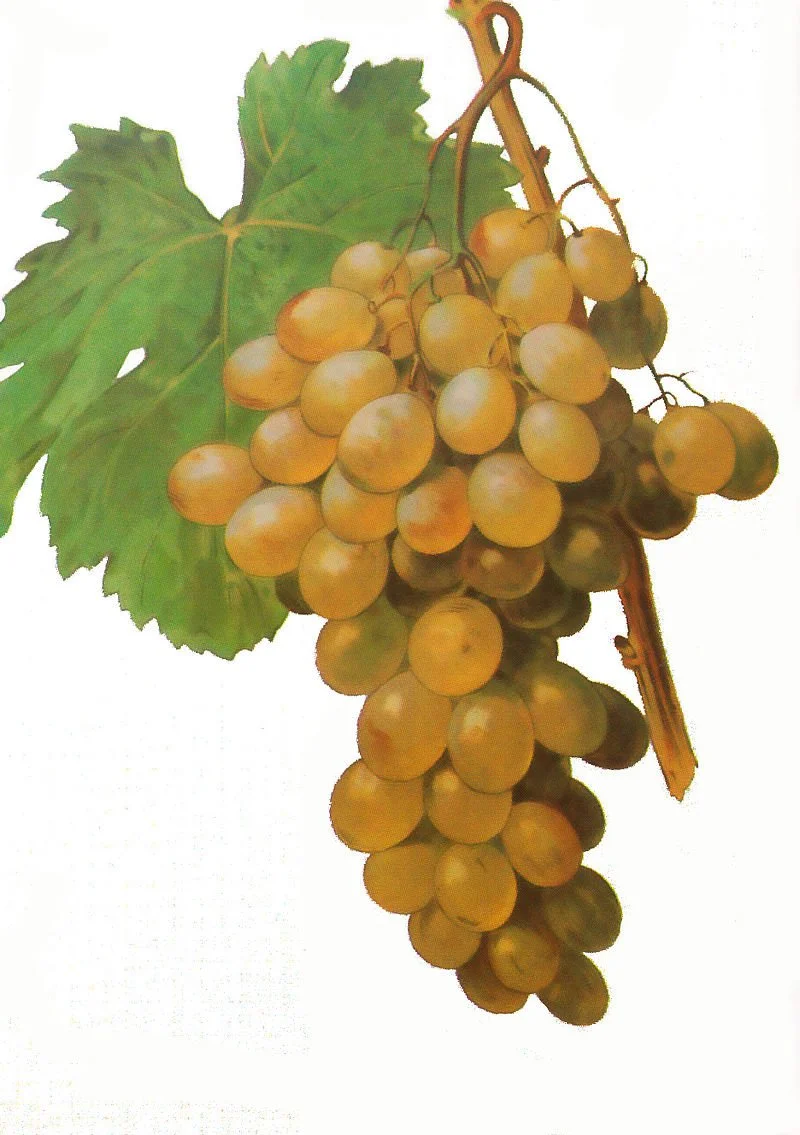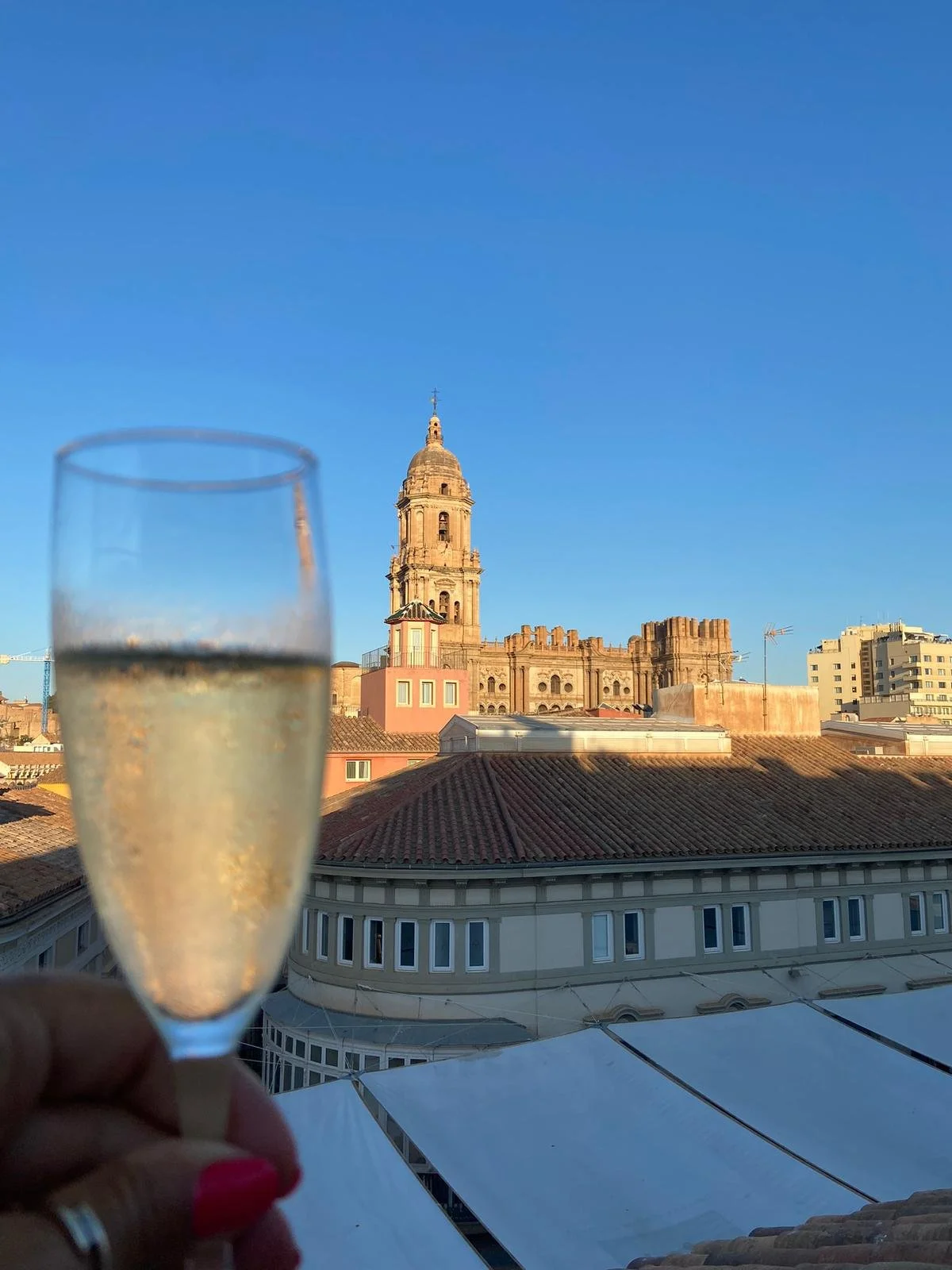Malaga Wine Guide – Savoring the Sun in Every Glass
Tucked between the Mediterranean coast and rolling sierras, the Málaga wine region offers a sensory journey far richer than its beaches. With roots stretching back to Phoenician and Roman times, Málaga wines—ranging from luscious sweet Pedro Ximénez and Moscatel to crisp modern whites and elegant reds—are having a revival. Available right in Málaga city and through adventurous day trips, these wines pair beautifully with regional cuisine and cultural flair.
1. Wine in the Heart of Málaga City
You don’t have to leave Málaga city to sample authentic regional wines. The city itself is home to historic bodegas and tasting rooms that showcase sweet fortified wines and newer dry styles—all just a short walk from the Cathedral or port.
▪️ Antigua Casa de Guardia (est. 1840)
Antigua Casa de Guardia, located on Alameda Principal, is the oldest and most iconic wine bar in Málaga. Founded in 1840 by José de Guardia, this historic bodega has been serving locals and visitors for generations, offering a taste of the city’s rich winemaking tradition.
Original image, permission to share, giving credit: Té y kriptonita, CC BY-SA 3.0, discovered on Wikipedia.
Stepping into Antigua Casa de Guardia is like stepping back in time, with its classic, no-frills atmosphere that has become a beloved part of Málaga’s culture. It's a cherished spot for enjoying a glass of traditional local wine—such as sweet Moscatel, Pedro Ximénez, Málaga Dulce, Pajarete, or the dry wines from the Montes de Málaga.
Here, wine is enjoyed the traditional way: standing at the bar, often scribbled with chalk to tally your tab, and paired with a variety of fresh seafood tapas—prawns, clams, mussels, and the regional favorite, cañaíllas (sea snails). A visit to Málaga wouldn’t be complete without experiencing this authentic local gem.
▪️ Bodegas Málaga Virgen
In 1885, at the end of the 19th century, wine enthusiast and entrepreneur Salvador López López founded a winery using wines produced in his own cellars. His vision was to craft exceptional wines that would eventually gain worldwide recognition as Málaga wines.
Patio de Vendimia. Image courtesy of Málaga Virgen’s gallery.
In 1896, his brother Francisco López López—who later became mayor of Málaga—joined the venture. The two brothers, known for their tireless dedication and unwavering work ethic, earned the affectionate nickname "Los Leones" (The Lions). Together, they launched their first three signature wines: Málaga Virgen, Sol de Málaga, and Trajinero.
Over the decades, generation after generation has carried forward their legacy, maintaining the same commitment to quality and excellence. This dedication has positioned their wines among the finest in the region, distinct and unrivaled in character.
Today, more than 130 years later, the family-run winery is led by the fourth generation, with the fifth slowly stepping in. Under the prestigious Denomination of Origin Málaga and Sierras de Málaga, the winery now produces 35 different wines. Málaga Virgen remains a leading brand in the national market, while Sol de Málaga enjoys international acclaim.
▪️ Local Wine Bars & Guided Tastings
Málaga & would love to take you on their exclusive Málaga & tapas tour. Places are limited! Book now!
2. Wine Regions You Can Visit as Day Trips
Beyond Málaga city, the province offers a variety of wine regions, each with its own climate, grapes, and traditions. Best of all, most are reachable within 1–1.5 hours, making them ideal for a wine-filled day trip. There’s even an official wine route!
Each region adds a different note to Málaga’s wine symphony—plan a day trip to explore the diversity, from mountainside Moscatels to high-altitude reds.
3. Signature Grape Varieties
Málaga’s wines are defined by both ancient and modern grapes. Indigenous varieties thrive in the Mediterranean sun, while international types flourish in cooler inland valleys.
Moscatel de Alejandría
One of Málaga’s most emblematic grape varieties, Moscatel de Alejandría is cherished for its intensely aromatic profile, marked by floral and fruity notes. This versatile grape is used to produce both dry and sweet wines, but it truly shines in the region’s traditional dessert wines.
Image by Viala et Vermorel - Ampélographie, Dominio público, https://commons.wikimedia.org/w/index.php?curid=17815193
For sweet styles, the grapes are often sun-dried using the ancient "asoleo" method, where bunches are laid out on esparto grass mats under the Andalusian sun. This natural process concentrates the sugars, creating lusciously rich wines with notes of honey, orange blossom, and ripe stone fruits. Moscatel wines from Málaga are internationally recognized for their depth and heritage.
Pedro Ximénez
Pedro Ximénez (PX) is another cornerstone of Andalusian viticulture, especially known for its ability to produce deep, dark, and syrupy dessert wines. Like Moscatel, PX grapes are often dried in the sun to concentrate their natural sugars, resulting in wines with intense notes of raisin, fig, molasses, and dark chocolate. These wines are unctuous and velvety, making them ideal pairings for rich desserts or cheeses. Historically, Pedro Ximénez wines from Málaga and nearby Montilla-Moriles were exported widely across Europe, contributing to the region’s early fame as a wine-producing powerhouse.
Romé & Melonera
Two of Andalusia’s rare native red grape varieties, Romé and Melonera, are experiencing a renaissance—especially in the rugged terrain of Ronda.
Romé is known for its light color, soft tannins, and fresh red fruit flavors, often blended with other grapes to enhance complexity.
Melonera, once nearly extinct, has been revived by passionate winemakers and is now a symbol of the region’s commitment to preserving biodiversity. These grapes are increasingly featured in small-batch, artisanal wines that reflect the unique character of southern Spain’s terroir. The revival of these indigenous varieties has added depth and identity to the red wines of Málaga and its surrounding areas.
International Grapes
To complement the native varieties, many producers in the D.O. Sierras de Málaga have successfully introduced international grapes such as Chardonnay, Syrah, Tempranillo, and Sauvignon Blanc.
Chardonnay thrives in higher-altitude vineyards, producing wines with vibrant acidity and citrus-laced minerality.
Syrah adapts well to the Mediterranean climate, offering bold reds with notes of black fruit, pepper, and spice.
Tempranillo, Spain’s flagship red grape, brings structure and depth, often blended with local or French varieties.
Sauvignon Blanc adds a crisp, aromatic white wine option, with grassy, tropical, and citrus characteristics.
These international varieties not only enhance the diversity and appeal of Málaga wines but also make them more accessible to global markets, positioning the region as a dynamic player in the modern wine world.
Whether ancient or newly adopted, Málaga’s grape varieties are adapted to its climate and culture, offering a surprising depth for every palate.
4. Food Pairings for Málaga Wines
To fully appreciate Málaga wines, pair them with the region’s traditional flavors. From salty fried fish to almond-rich desserts, the local cuisine is made for these wines.
▪️ Sweet Wines
Pair with: blue cheese, foie gras, almond tart (tarta de almendras), or roscos de vino
▪️ Dry Whites and Rosés
Pair with: ajoblanco, grilled shrimp, local cheeses, ensalada malagueña
▪️ Red Wines from Ronda
Pair with: lamb stew, berza malagueña, cured meats, and grilled vegetables
Food and wine are inseparable in Málaga—each sip enhances the dish, and each bite deepens the wine. For recipes, check out our post: a taste of Málaga.
6. How to Enjoy Málaga Wines
Ready to taste for yourself? From downtown wine walks to scenic bodega visits, Málaga makes it easy to explore its wine culture up close.
▪️ Urban Tastings
Try Málaga &’s tapas tour for small groups, experience the best of Málaga’s wine & tapas..
▪️ Day Trips
Rent a car or join a small-group tour to Axarquía, Ronda, or Manilva. Many include food pairings and vineyard walks.
▪️ Buy & Ship
Look for certified D.O. Málaga or D.O. Sierras de Málaga labels. Many bodegas now offer international shipping.
Whether sipping in the city or toasting on a vineyard terrace, there’s no wrong way to enjoy Málaga wine—just bring your curiosity (and an empty glass).
Final Thoughts: Sip the Layers of Málaga
Málaga’s wines offer more than flavor—they bring history, hospitality, and sunshine in every bottle. With ancient grapes, passionate producers, and a culture of pairing wine with celebration, it’s a region worth exploring one sip at a time.
So whether you’re strolling past barrels in the city or enjoying a day trip through vineyard-covered hills, remember: you’re not just tasting wine. You’re tasting Málaga.




